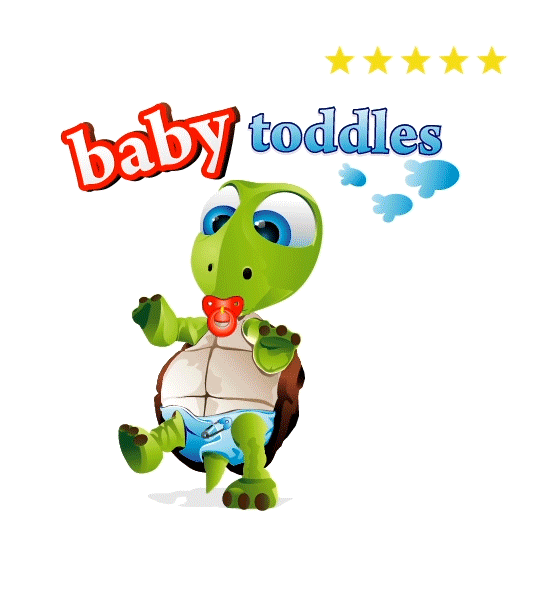Blog
Teaching a baby to speak
The best time to start teaching your baby how to talk is from the moment the baby is born.. Babies come into the world with remarkable abilities to seek out human faces and they crave to hear the sound of the human voice. The brain is the only organ of the human body which is incomplete at birth. The brain is not only growing, it is actually still forming , changing and developing. Hearing the voices of parents, family and carers creates profound adjustments in a baby’s brain by creatingimportant learning pathways.
The cells grow and join in ways that develop memory and comprehension, which leads to an greater capacity to learn even more. The effect is a bit like feeding a plant. As it grows it sprouts new tendrils branches and leaves. Most human brain growth takes place in the first three years of a baby’s life , when the major skills are learned. Many Researchers believe that the brain development that takes place in the first three years of life is larger than all the development that occurs during a person’s total life.
It’s good to know some elementary strategies to teach a baby to talk.
This technique below, is called “Mirroring” and is useful up to the age of about 12 months or one year.
- make sure baby isn’t hungry, sleepy or irritated by a dirty diaper
- hold your baby so that your face is about 18 inches ( 40cm) away from baby’s face.
- place baby on your lap when very young, or hold up with head supported
- smile and open your eyes wide to get your baby’s attention
- say a single uncomplicated sound, like “ah” in a somewhat higher pitch than normal
- exaggerate the motion of your mouth while you speak
- wait for your baby to respond ( he most likely won’t say anything but he will be paying attention)
- watch for signs of pleasure or excitement, like smiling, opening and closing fists, waving arms
- do this sequence again ( speak, wait)
- when baby responds perhaps with the same sound or his own sound, smile and laugh to display you’re happyhe made the effort.
- YOU copy the sound BABY makes
- repeat this sequence to create the rhythm of “taking turns” like a conversation.
When you copy the sound your baby makes, you are sending a signal to your infant that what he just did is appreciated and that you want him to do it again. In other words, baby learns to exercise his mouth muscles and that speaking is fun.
In the video beneath, you can see a dad using these mirroring strategies brilliantly , using just vowel sounds and funny entertaining sounds:
As baby grows older , you introduce new sounds that babies find easier to say, like bah, mah, gah. This can lead on to double syllablessounds – ba-ba, ma-ma, da-da, ga-ga ( vowels baby can say with a consonant added at the beginning)
In addition to these focused, daily, ‘educating’ sessions, you should be talking to your infant all the time about what you are doing, what he’s doing, using normal language, but spoken slowly, brightly and clearly.
At every single stage of your baby’s growth, there are unique approaches you can learn and employ to teach baby to talk.

